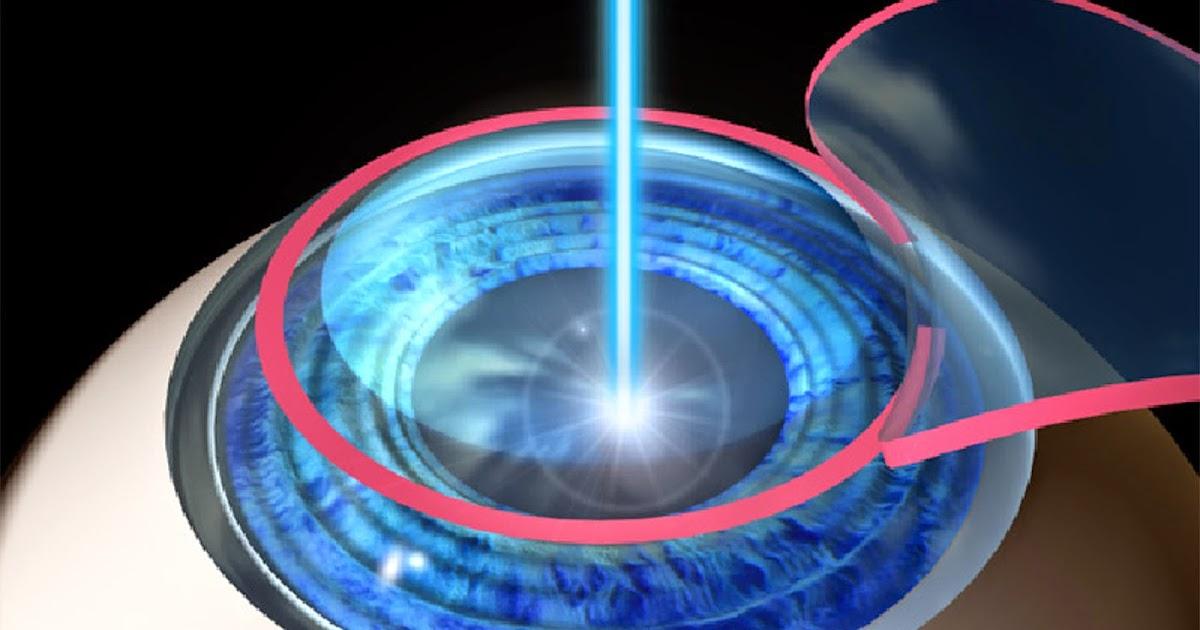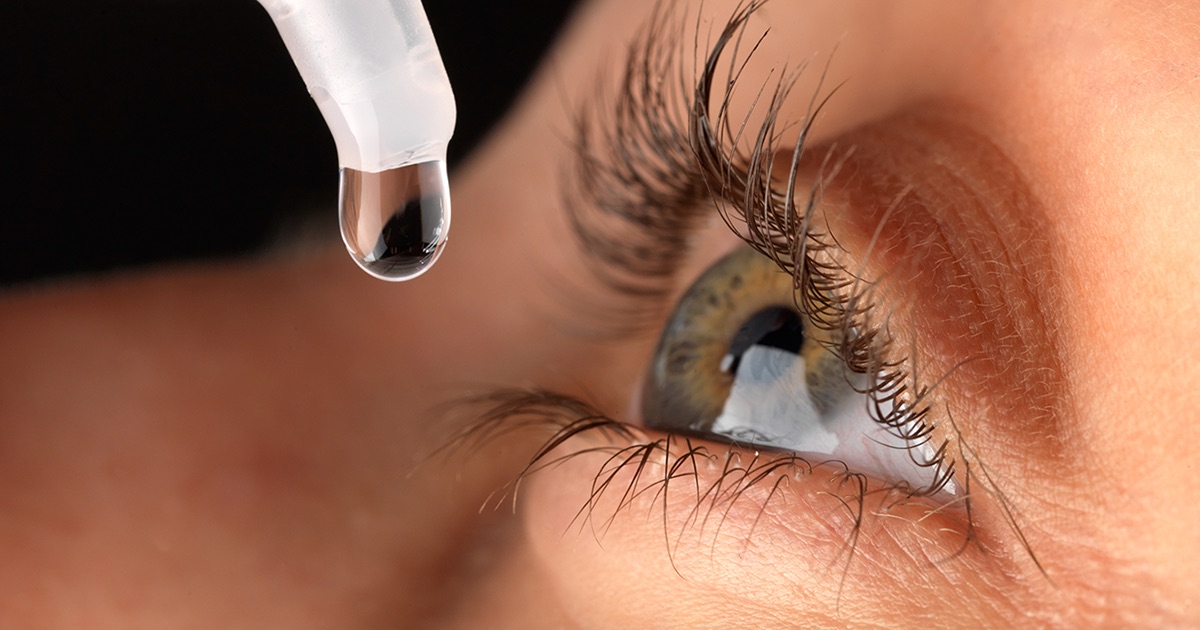Treatment Options For Keratoconus
Topography-Guided Conductive Keratoplasty

Topography-guided conductive keratoplasty is for patients looking for an effective and non-invasive procedure. It makes use of radiofrequency to correct presbyopia and hyperopia with or without astigmatism. This treatment is also cost-effective, making it an important achievement in refractive surgery. Conductive keratoplasty is dependent on the impact of temperature on the cornea’s biomechanical properties. The collagen of the cornea dehydrates and retracts at a certain temperature but can maintain its original configuration upon cooling. Patients who underwent this procedure were found to have achieved 20/40 vision. Foreign body sensation and light sensitivity are the most common side effects of this surgery. Aside from these two, some patients also complained of astigmatism, which is usually caused by inaccurate cornea markings, asymmetric application of spots, and more than one insertion of the probe on the same spot.
Learn more about how to treat keratoconus now.
Corneal Crosslinking

Corneal crosslinking is a procedure approved by the Food and Drug Administration for keratoconus in 2016. The procedure makes use of special eye drop and ultraviolet-A light to correct irregularities in the cornea, which helps make the cornea thicker. There are various techniques of doing this procedure. The Epithelium-off technique involves removing the epithelium before administering the special eye drop. Researchers claim this method allows better absorption of vitamins and light into the eye. The second method is when the eye drop is administered without taking off the epithelium. This type is also painless and entails a shorter recovery period. The procedure is usually done at a health facility. The physician starts the procedure by administering a drop to numb the corea and calm the patient down. They then drop vitamin B12 or riboflavin into the patient's cornea. The rest of the procedure entails lying down and looking into the light. The procedure usually lasts thirty minutes to an hour.
Get the details on the next way of treating keratoconus now.
